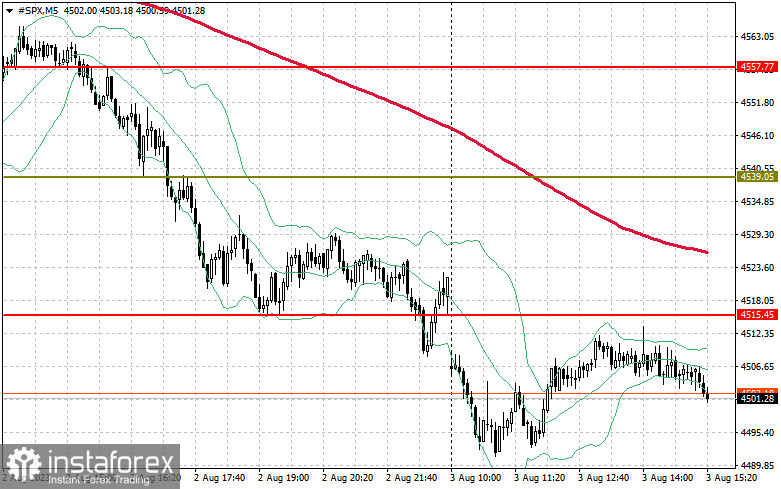Futures on US stock indexes opened with a sharp drop. S&P 500 futures decreased by 0.5% but partially recovered from the downside movement, while Nasdaq 100 futures tumbled by 0.6%. Treasury bonds are also under pressure, leading to a nine-month high in 10-year bond yields.

The rapid rise in Treasury bond yields over the past four days has negatively affected risk assets, as investors returned to interest rate concerns. Recent economic data related to the job market and today's report on unemployment claims may trigger a larger sell-off in the stock markets. Investors will closely monitor the earnings reports of Apple Inc. and Amazon.com Inc. later, which are likely traders' only hope for market recovery in the current conditions.
Considering the recent rally of US stocks, especially Nasdaq, sensitivity to yield increases remains. Every time yields rise, it leads to corrections in the stock markets, as shown in recent days when strong job market news led investors to expect an aggressive policy by the US Federal Reserve. As a result, the 10-year Treasury yield rose by five basis points to 4.13%. Sales followed discussions that the US Treasury will issue securities worth $103 billion next week, slightly more than anticipated. It is not surprising that earlier this week, Fitch Ratings downgraded the US credit rating to AA+ due to the country's relatively high budget deficit compared to GDP.
Some believe that long-term debt appears overbought in terms of supply and demand, and it is difficult to foresee how the market will handle increased issuance without significant interest rate hikes in the future.
Regarding the European market, the Stoxx 600 index showed its sharpest three-day decline since March. Infineon Technologies AG shares fell by 12% after disappointing forecasts from the German chipmaker. Deutsche Lufthansa AG shares declined due to debt concerns and higher company expenses.

The Bank of Japan had to intervene again in the bond market to slow down the rise in sovereign bond yields, demonstrating its commitment to curbing sharp rate surges, even if it allows some room for their growth. The yen strengthened against the US dollar by 0.3%.
As for the S&P 500 index, demand for the trading instrument remains relatively low. Bulls have a chance to continue the uptrend, but they need to return the price above $4,515. From that level, there could be a surge to $4,539. Another priority for bulls will be to control $4,557, which would strengthen the bullish market. In case of a decline due to reduced risk appetite, bulls should protect $4,488. A breakthrough of this level may quickly push the trading instrument back to $4,469 and $4,447.





















